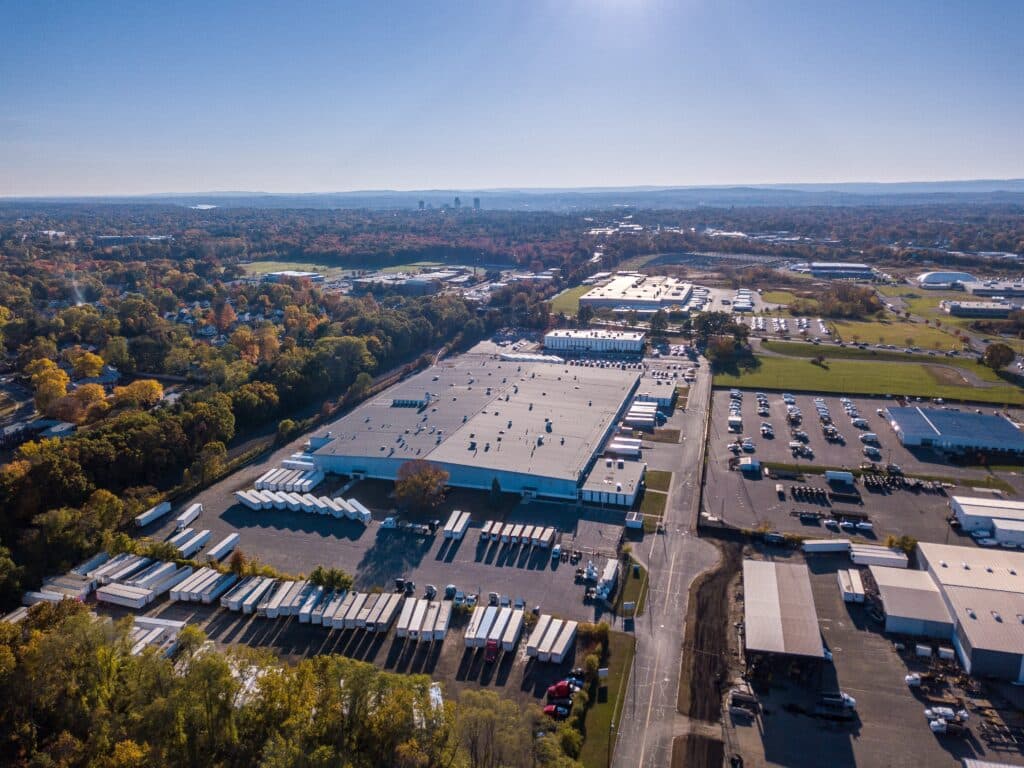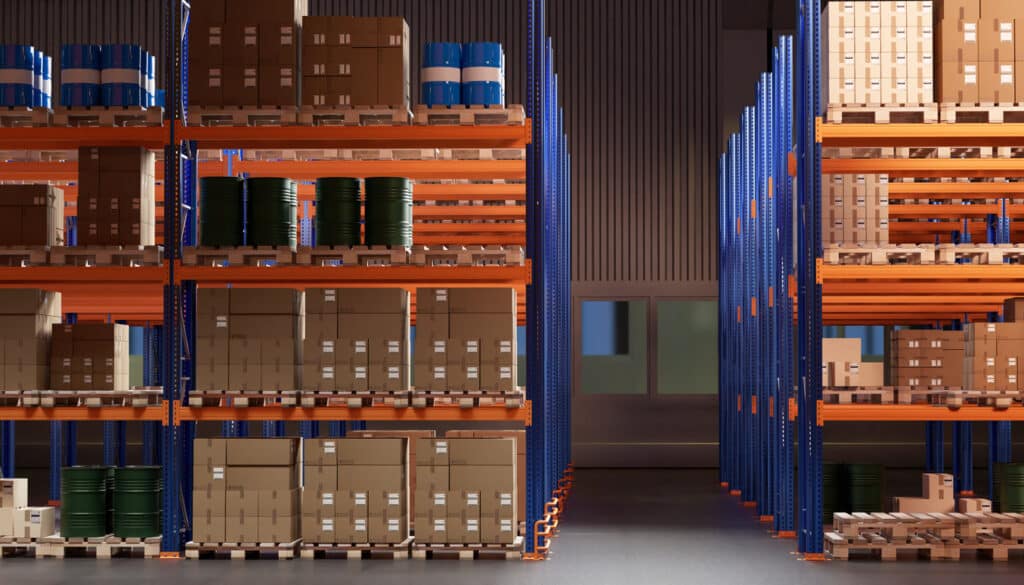In today's competitive market, delivering an exceptional customer experience is essential for business success. One…

The Role of Accurate Warehousing and Logistics
Accurate warehousing and logistics relies on a disciplined set of processes, technologies, and metrics that keep stock records, order data, and deliveries in sync with physical reality. Global research shows why precision matters: inventory distortion—including shrinkage, stock-outs, and over-stock—costs businesses an estimated US $1.1 trillion every year, and 43 percent of small U.S. firms skip formal tracking altogether, magnifying those losses.
What “Accuracy” Means in the Supply Chain
- Inventory accuracy gauges how the physical count of each SKU matches the system’s recorded quantity, calculated as the ratio of counted units to units on record.
- Order-picking accuracy measures the share of order lines picked without error. Industry benchmarks place best-in-class performance at 99.5-99.9 percent.
- On-Time In-Full (OTIF) tracks whether shipments arrive when promised and with every unit requested. An OTIF rate of 95 percent is generally considered excellent.
Together, these indicators form the backbone of accurate warehousing and logistics programs.

The Current state of Accurate Warehousing and Logistics
Only 42 percent of retail and D2C brands achieve 80 percent or better inventory accuracy; 58 percent fall below that line. In the aisle, picking mistakes remain common: typical warehouses report 1 – 3 percent error rates, and just one mis-pick can erase 13 percent of an order’s margin.
Financial and Operational Consequences
- The US$1.1 trillion global distortion bill captures lost sales, write-offs, and avoidable carrying costs.
- Shippers say they now target 96 percent on-time performance, yet many still miss that bar, eroding service scores.
- Research shows a direct connection between delivery accuracy and customer loyalty; one cargo-sector study found that precise deliveries raised satisfaction and loyalty both outright and by elevating perceived service quality.
Technology that Improves Accuracy
| Technology | Documented effect on accuracy |
| RFID tracking | Raises stock accuracy by up to 27 percent; one rollout cut annual variance from US $170 k to $5 k. |
| Drone-assisted RFID | Reads tags tens of meters away, turning week-long manual counts into same-day audits and addressing part of the industry’s US $45.2 b annual record-keeping losses. |
| Voice-directed or pick-to-light systems | Documented to “augment picking precision” and trim human error. |
| Collaborative robots (cobots) | Field studies note efficiency gains near 30 percent while reducing mis-picks. |
| Cyber-physical automation (CPS) | According to Gartner, 75 percent of warehouses are expected to adopt CPS by 2027.(source) |
| Mobile robots & AMRs | Sensor-guided navigation keeps location data live and cuts picking mistakes. |
| AI-enabled manipulators | Amazon’s “Vulcan” robot has processed 500,000 orders to date, managing 75 percent of stored items and purpose-built to cut down on damage and mis-sorts.(source) |

Critical Key Performance Indicators (KPIs) for Accurate Warehousing and Logistics
- Inventory accuracy rate (system count ÷ physical count) remains the first control check.
- Order accuracy rate of top-tier operations is 99.5%–99.9%, measured as error-free order lines divided by total lines.
- OTIF (perfect deliveries ÷ total deliveries) links warehouse precision to carrier punctuality; suppliers below 95 percent at major retailers can face financial penalties.
- Picking error rate and cost per mistake reveals the financial impact of operational slips—each mis-pick typically cuts margins by about 13 percent.
Monitoring these KPIs lets operators quantify the business case for investing in accuracy tools.
Customer-Facing Impacts
E-commerce surveys reveal that 97% of shoppers consider same-day delivery “fast,” while 95% say the same about next-day shipping. When accuracy falters, cycle-time balloons: mis-picks trigger return shipments, re-picks, and second deliveries that add cost and delay. Studies on shipping speed underscore the link—shorter, error-free delivery windows lift satisfaction and retention.
Compliance and Supplier Relations
Major buyers use OTIF scores to discipline their networks. Walmart, for example, labels 95 percent as the supplier threshold and levies fines for misses, directly tying invoice deductions to warehouse and transportation precision.
Projected Outlook of Accurate Warehousing and Logistics
Analysts agree that accuracy is trending upward where companies deploy integrated WMS, RFID, and automation. CPS adoption forecasts (75 percent by 2027) and rising use of cobots suggest continued gains. However, the statistics on current accuracy shortfalls—sub-80 percent inventory accuracy at a majority of firms and persistent 1-3 percent picking error rates—confirm that large opportunity remains.
From inventory counts to last-mile OTIF scores, every data point in the public record highlights the same theme: accurate warehousing and logistics is essential for cost control, service quality, and competitive resilience—and proven technologies are available to achieve best-practice standards.





